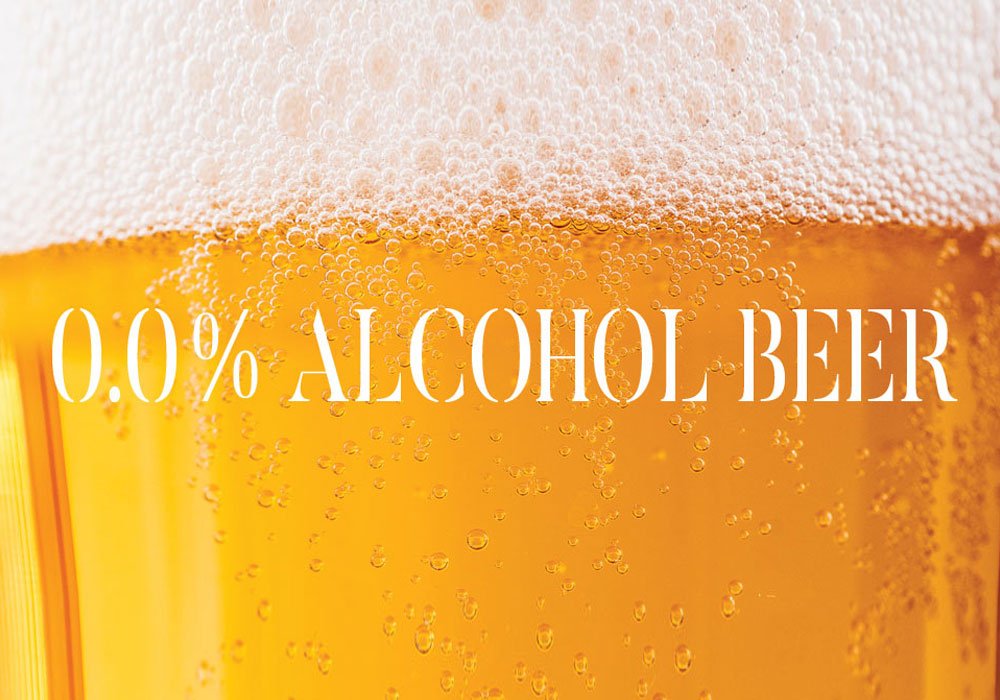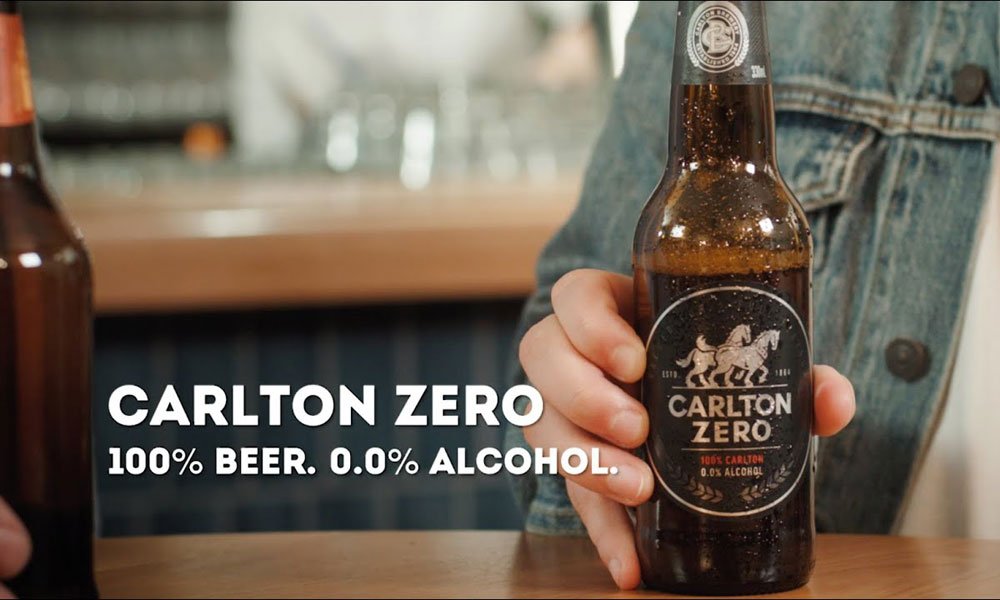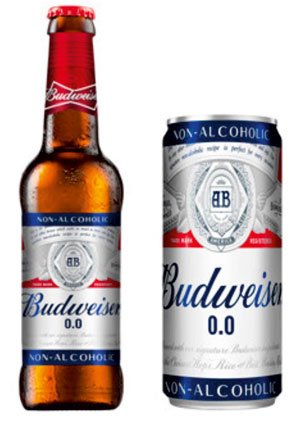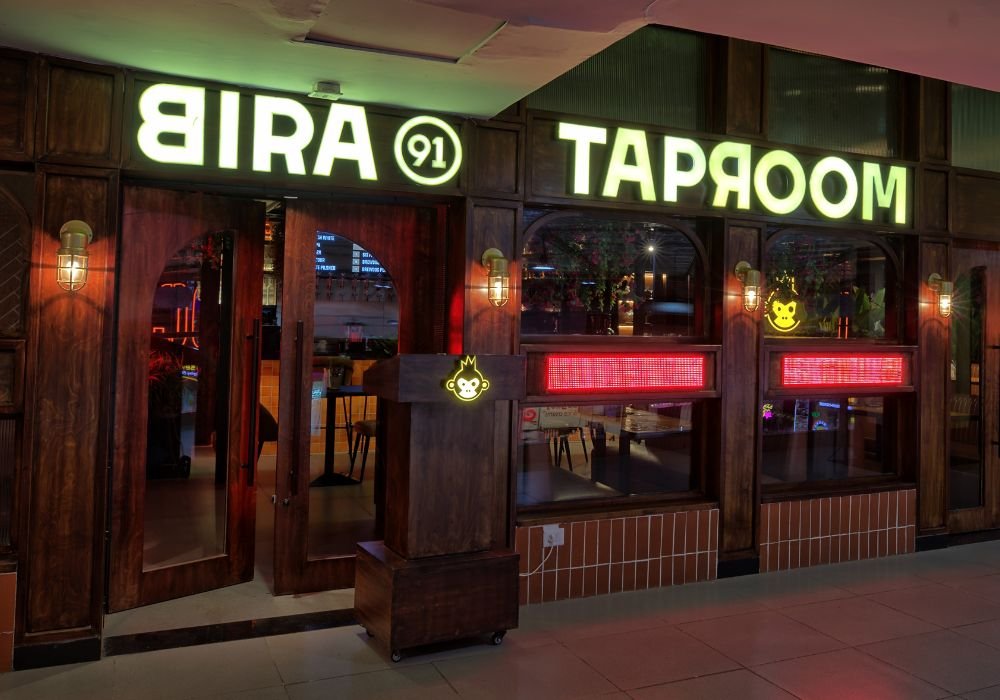The Rise of The Zero Alcohol Beer Trend

The boom of the craft beer trend has left big-name beer giants, who have already found themselves contending with saturation in the recent years, in a bit of a quandary. But there’s a new burgeoning market to cater to: health conscious drinkers and alcohol abstainers.
With a desire for social gatherings less focused on alcohol and mornings less clouded by its after effects, millennials seem to have sparked a “sober revolution”. Instagram is currently flooded with hashtags like #SoberIsSexy, #SoberSaturday and #SoberLife. Alcohol-free pubs and nightclubs are on the rise, while the World Health Organization reports the number of alcohol drinkers in the world has decreased by nearly 5 percent since 2000.

Enter “zero alcohol” beer.
Imagine being able to drink all the beer you want – without getting a hangover or that extra dose of calories. Sounds too good to be true?
Not quite.
Consumers who have been on the hunt for that beer taste after a workout, during a professional event or as an alternative to soda can finally rejoice.
The big players are now hoping to capitalize on the growing interest in the less boozy varieties by launching new non-alcoholic beers. It is one of the fastest expanding segments of the $600 billion global beer trade, and according to Global Market Insights, sales are expected to skyrocket to $25 billion by 2024.
Heineken drove home the point with its 0.0 beer.
Earlier this year in June, the Dutch brewing brand reported that its non-alcoholic beer business grew by nearly 10 percent, thanks to the latest addition to its portfolio- the Heineken 0.0.
Made with water, malted barley and hop extract, Heineken 0.0 ferments before the alcohol is released in a natural process, yet tastes just like a classic Heineken.
The beer made a heavily advertised debut in the United States, and is now available and selling well in more than 30 markets around the world.
Of course, the brand expected beer consumers to question why they’d want to drink alcohol-free beer in the first place. To tackle this, Heineken 0.0’s ad campaign featured a series of #NowYouCan scenarios that included drinking a beer while driving or attending a work meeting. So beer enthusiasts could now “do more” without giving up the drink they love.

Heineken also made a very clever decision to drop the 0.0 in stores just in time for Dry January, when people commit to sobriety for a month. After all, the 69-calorie brew seemed like a pretty good way to beat those post New Year blues and get one’s beer fix without breaking any resolutions.
ABInBev also entered the zero-alcohol beer segment here in India with the launch of its first non-alcohol beer – Budweiser 0.0.
The new brew made by the world’s largest beermaker and the fastest growing premium brand in India, was part of a larger corporate movement called Global Smart Drinking Goals – aimed at shifting consumer behaviours to low alcohol beverages and reducing “the harmful use of alcohol” globally. With a calorie count of 25.59kcal per 100 ml, which is about 40 percent less than that of a carbonated soft drink, the Budweiser 0.0 is in line with Goal No. 3 of the brand’s initiative: “Ensure No- or Lower- Alcohol beer products represent at least 20% of ABInBev’s global beer volume by the end of 2025”.
Meanwhile, Carlton Zero continues to dominate non-alcoholic beer sales in Australia.
 Per 330ml stubby, a Carlton Zero contains 93 calories. According to sources, that’s about five bites of a Big Mac burger. Launched in August last year, the beer’s first birthday coincided with the Global Be(er) Responsible initiative – a worldwide effort by brewers, including Carlton and United Breweries (CUB), the makers of this brew, to promote responsible consumption of beer. It was released to address the long-term shift in Australia’s drinking habits where no, low and mid-strength beer now make up about 25 percent of the volume of CUB’s beer sales. Five years ago, this segment made up for only 10 percent.
Per 330ml stubby, a Carlton Zero contains 93 calories. According to sources, that’s about five bites of a Big Mac burger. Launched in August last year, the beer’s first birthday coincided with the Global Be(er) Responsible initiative – a worldwide effort by brewers, including Carlton and United Breweries (CUB), the makers of this brew, to promote responsible consumption of beer. It was released to address the long-term shift in Australia’s drinking habits where no, low and mid-strength beer now make up about 25 percent of the volume of CUB’s beer sales. Five years ago, this segment made up for only 10 percent.
Since its launch, Carlton Zero has sold more than 3.2 million litres in Australia, driving up sales in the non-alcoholic beer category by 14 times.
The non-alcoholic beers sector has come a long way from the early days of O’Douls and Beck’s Blue. Especially because they taste so much better. For years, low-alcohol brews stayed hidden in the corners of store aisles. Yet high-profile entries have shown that this evolving category is fully primed for some sizeable growth. Along with the introduction of cannabis-infused beverages, it seems like the zero alcohol beer movement is all set to establish even bigger milestones in the future.
__________________________________________________________________________________
Sources:
Global Alcohol Report. World Health Organization.
Worldwide Non-alcoholic Beer Market worth over $ 25 billion by 2024: Global Market Insights, Inc. Global Market Insights.
Carlton zero celebrates its winning formula for success with new social campaign via draftline. Campaign Brief.



